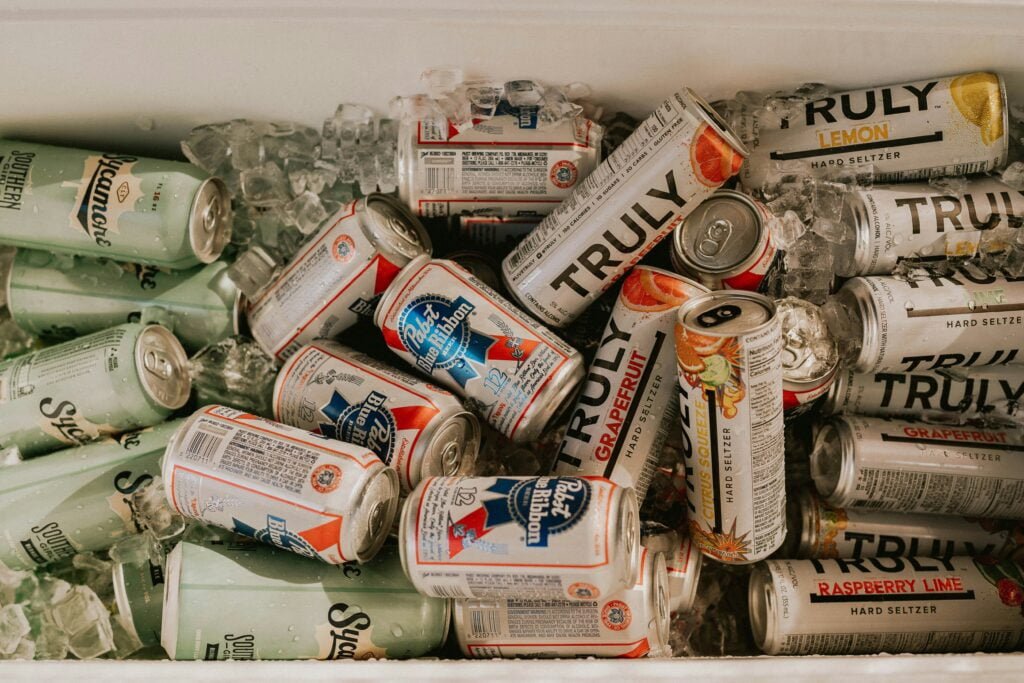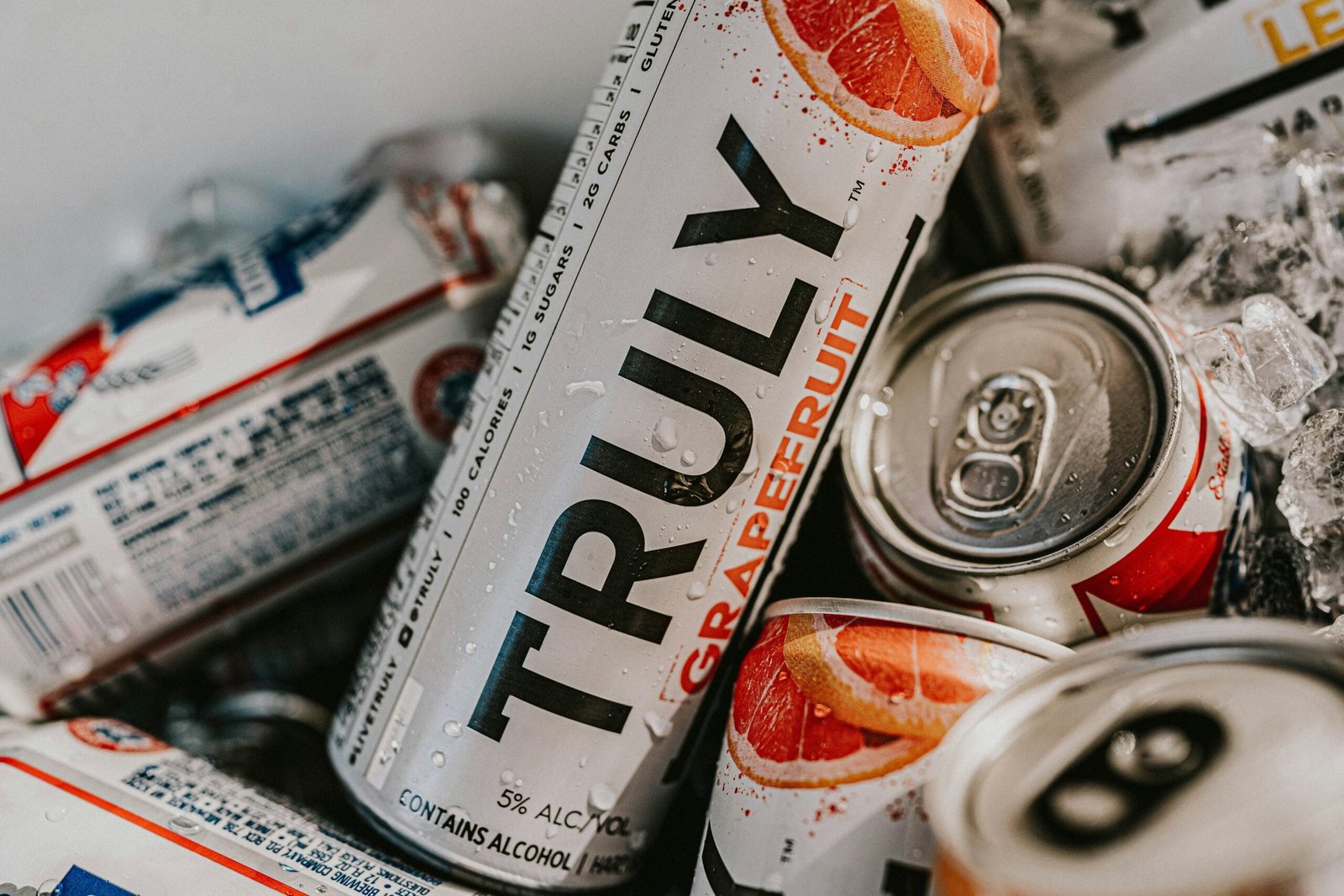Alcoholic seltzers, once a niche market, have rapidly become a staple of social gatherings and summer barbecues. Their light, refreshing taste, combined with a lower calorie count, has made them the go-to drink for many. But where did this fizzy phenomenon come from, and how did it rise to prominence?
The Sparkling Beginning
The story of alcoholic seltzers begins with their non-alcoholic counterpart: seltzer water. Seltzer, a naturally carbonated water, was enjoyed as early as the 18th century, beloved for its effervescence and refreshing quality. By the 19th century, soda water, essentially seltzer with added flavors, became popular in the United States, leading to the creation of soft drinks.
Fast forward to the 1980s, and a new trend began to bubble up: flavored sparkling waters. Brands like LaCroix and Perrier introduced the idea that water didn’t have to be boring. The natural flavors and the light, crisp taste of these beverages made them an instant hit, particularly among health-conscious consumers.
The Birth of Hard Seltzer
The leap from flavored sparkling water to hard seltzer was almost inevitable. The first known brand to marry the concept of alcoholic beverages with seltzer water was SpikedSeltzer, launched in 2013 by Nick Shields in Connecticut. Shields, a fifth-generation brewer, saw an opportunity in the market for a drink that was lighter and more refreshing than beer or wine.
SpikedSeltzer’s initial success was modest, but it laid the groundwork for what was to come. The true explosion of the hard seltzer market began with the launch of White Claw in 2016. Created by the same company that gave us Mike’s Hard Lemonade, White Claw combined the allure of seltzer with the appeal of a low-calorie, low-sugar alcoholic beverage.
The Meteoric Rise
White Claw wasn’t just a hit; it was a cultural phenomenon. By 2019, the hard seltzer category was worth $550 million, and White Claw accounted for more than half of those sales. The drink became so popular that summer was dubbed “White Claw Summer,” and the phrase “Ain’t no laws when you’re drinking Claws” became a viral catchphrase.
Other brands quickly jumped on the bandwagon. Truly, another major player in the market, offered a similar product with a focus on varied flavors. Bud Light Seltzer, Corona Hard Seltzer, and countless other brands followed suit, each trying to carve out their piece of the fizzy, boozy pie.

What’s in a Can?
But what exactly is in a can of hard seltzer? The recipe is surprisingly simple: alcohol (usually from fermented sugar), sparkling water, and natural flavors. The fermentation process creates a clear, neutral alcohol base, which is then mixed with carbonated water and a hint of fruit flavor. The result is a beverage that’s typically around 5% alcohol by volume (ABV), about the same as a light beer, but with far fewer calories and carbs.
The Cultural Impact
The appeal of hard seltzer goes beyond just its taste and low-calorie count. It represents a shift in drinking culture, particularly among younger generations. Millennials and Gen Z consumers are more health-conscious than previous generations, often seeking out beverages that align with their lifestyle choices. Hard seltzers, with their clean, crisp taste and better-for-you image, fit the bill perfectly.
Moreover, hard seltzers are versatile. They can be enjoyed straight from the can, mixed into cocktails, or even used in cooking. This flexibility has only added to their popularity.
The Future of Hard Seltzers
As we look to the future, it’s clear that hard seltzers are here to stay. While the market has become saturated with options, innovation continues to drive growth. Some brands are experimenting with higher ABV versions, while others are incorporating more exotic flavors or even adding functional ingredients like CBD or vitamins.
The rise of hard seltzers has not only disrupted the beverage industry but also redefined what consumers expect from their drinks. Whether you’re a fan or a skeptic, there’s no denying that hard seltzers have left a lasting mark on our drinking culture—and they’re only just getting started.

